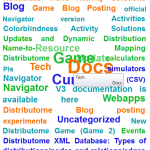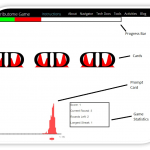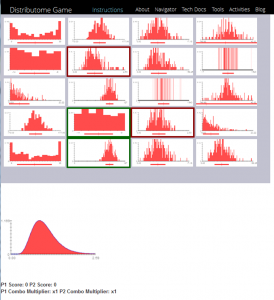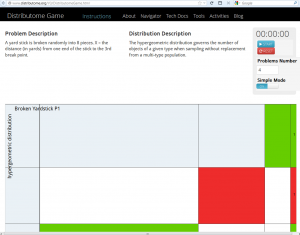The Probability Distributome team published a new peer-reviewed manuscript entitled Probability Distributome: a web computational infrastructure for exploring the properties, interrelations, and applications of probability distributions in the journal Computational Statistics.
This article presents the Distributome computational and graphical infrastructure and illustrated its functionality for discovery, exploration and application of diverse spectra of probability distributions. The Distributome platform provides human and machine interfaces for traversal, search, and navigation of all common probability distributions. It also enables distribution modeling, applications, investigation of inter-distribution relations, as well as their analytical representations and computational utilization.
Reference
| Dinov, ID, Siegrist, K, Pearl, DK, Kalinin, A, Christou, N (2015). Probability Distributome: a web computational infrastructure for exploring the properties, interrelations, and applications of probability distributions. Computational Statistics, 594: 1-19. DOI: 10.1007/s00180-015-0594-6. |  |




